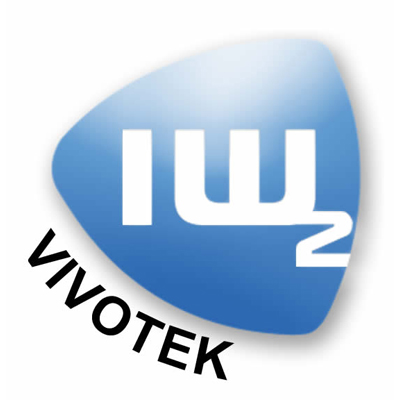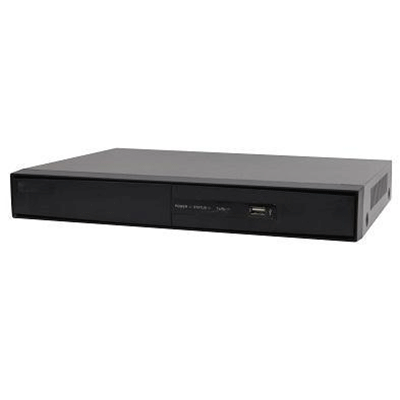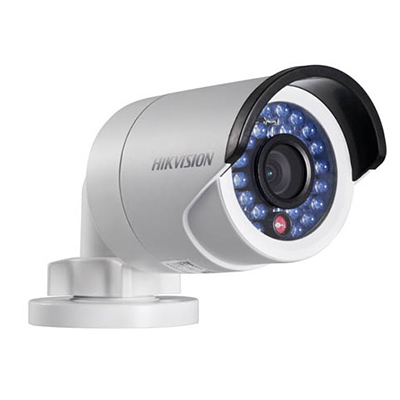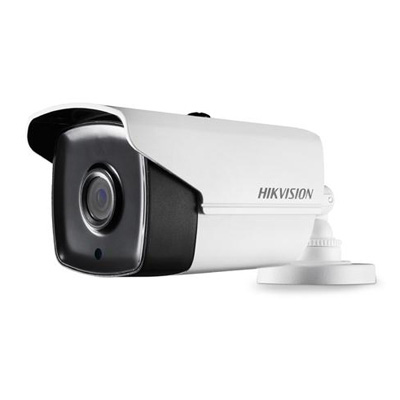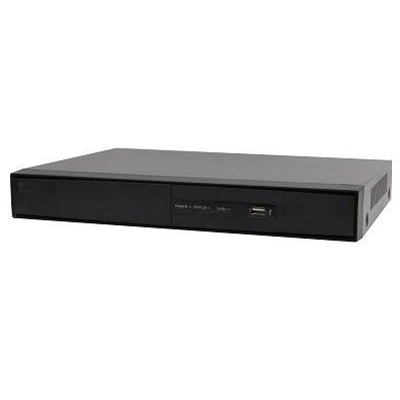FLIR Systems is proud to announce the release of three new lines of its industry-leading thermal security cameras. In all there are 12 new models ranging from the BT-Series mini-bullets with 50° and 25° fields of view, to the DT-Series PTZ dome cameras with sensor resolutions up to VGA and fields of view as narrow as 9°.
Providing superior video security day and night, thermal cameras need no additional illumination infrastructure while still giving you unmatched intrusion detection and alarm assessment. This, coupled with their ability to cover wider areas more effectively and with few cameras, means that the technology combination of thermal cameras and intrusion video analytics can actually be a more affordable and effective solution than any other intrusion detection technology.
By re-setting the pricing paradigm for thermal cameras, FLIR is making thermal an economical option for any class of customer, including small businesses and most residential installations, broadening the potential markets for dealers and installers alike.








